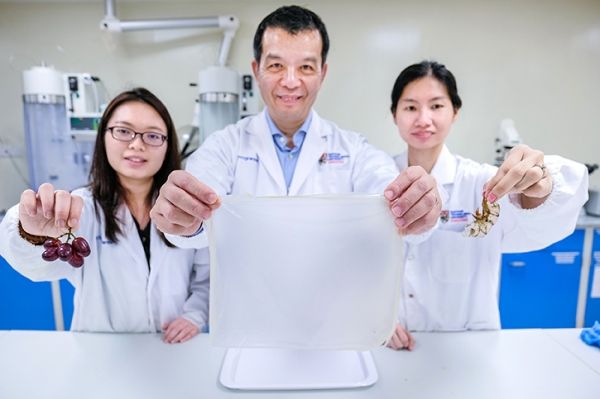Chitin serves a wide variety of uses in the food industry, such as food thickeners and stabilisers, and as anti-microbial food packaging.
The NTU method is more sustainable than current approaches that chemically extract chitin from marine waste, which is costly, consumes large amounts of energy and leads to chemical by-products that may be discharged in industrial wastewater.
Six to eight million tons of crustacean waste are generated annually around the world, with 45 to 60 per cent of shrimp shells discarded as processing by-products.
Continue reading at Nanyang Technological University Singapore
Image via Nanyang Technological University Singapore


